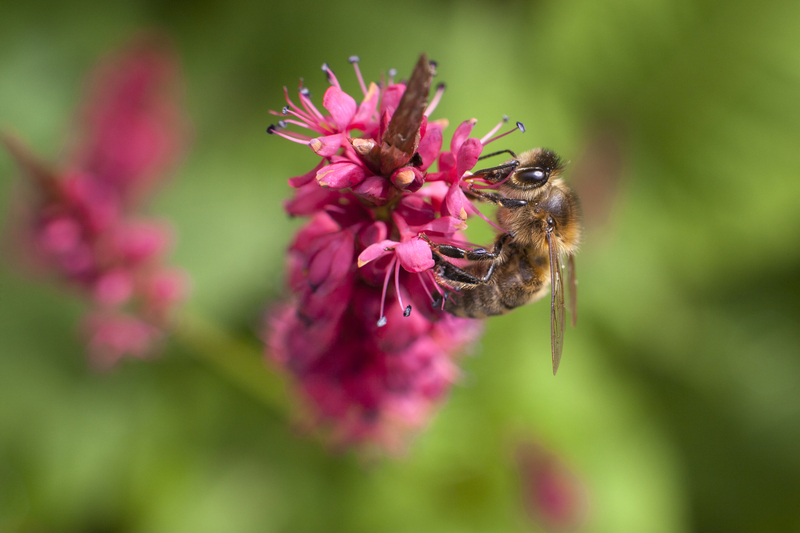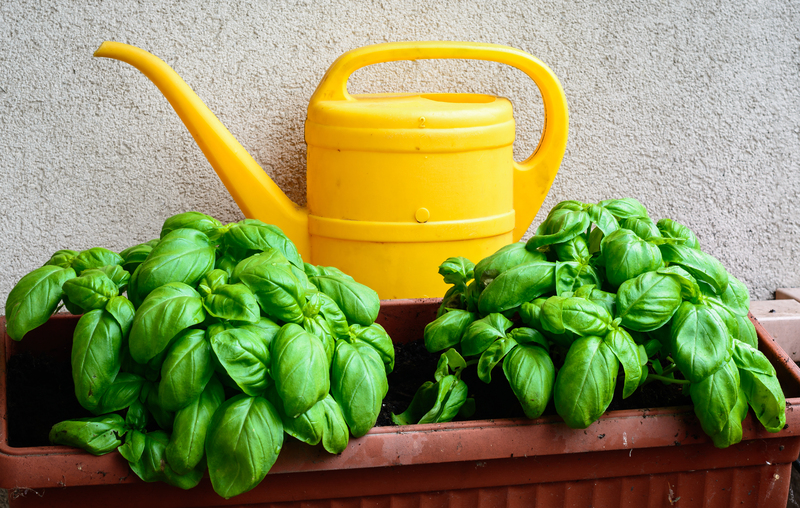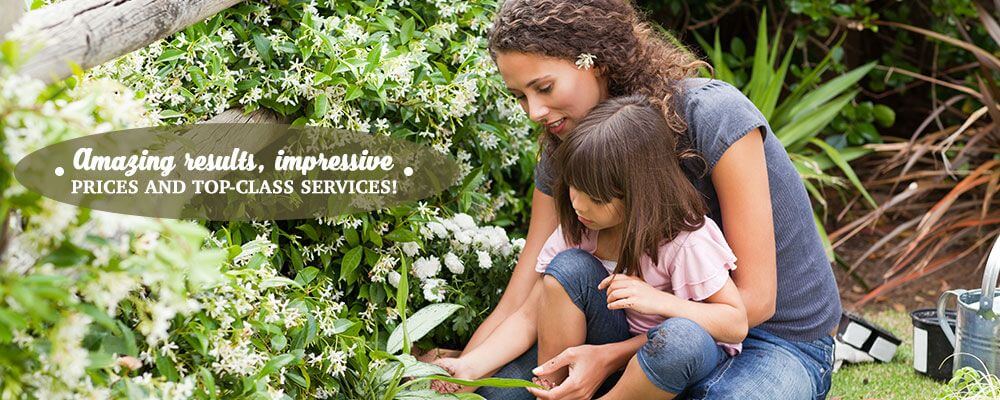Creating a Garden That Welcomes Wildlife
Posted on 18/02/2025
Cultivating a garden that attracts and supports wildlife is a rewarding endeavor for nature enthusiasts. By creating a habitat that invites birds, butterflies, insects, and other creatures, you contribute to biodiversity and enhance the ecological balance in your area. This article explores various methods to transform your garden into a sanctuary for wildlife.
Understanding Your Local Ecosystem
Before diving into the planting and design phase, it's crucial to understand the local ecosystem and the types of wildlife you want to attract. Research native plants, the types of butterflies, birds, and other creatures that are indigenous to your area. You'll want to create a habitat that mirrors their natural environment as closely as possible.

Choosing Native Plants
The cornerstone of a wildlife-friendly garden is native plants. These plants have evolved alongside local wildlife, adapting to the climate, soil, and other environmental conditions. Native plants require less maintenance and are more resilient to pests and diseases. More importantly, they provide the food and habitat needed by local pollinators, birds, and other wildlife.
Water Features
Water is essential for all forms of life. Incorporating a water feature, such as a birdbath, pond, or small fountain, can attract a variety of creatures. A pond with varying depths can support different species, from tadpoles and frogs to birds and mammals. Make sure to include flat stones or shallow areas to allow smaller animals easy access to water.
Shelter and Nesting Sites
Different types of wildlife require various forms of shelter and nesting sites. Dense shrubs, woodpiles, and rock piles provide cover for small mammals and insects. Nesting boxes can attract birds, while old logs or leaf piles can become homes for amphibians and insects. Planting a variety of trees and shrubs can also offer natural nesting sites.
Creating Food Sources
A garden that welcomes wildlife must provide consistent food sources. Planting a mix of flowering plants that bloom throughout the seasons ensures a steady supply of nectar for pollinators. Berries, seeds, and nuts are crucial for birds and small mammals. Avoid using chemical pesticides and fertilizers, as they can be harmful to wildlife.
Maintaining Your Wildlife Garden
Maintaining a wildlife-friendly garden is different from a conventional garden. Allow some areas of your garden to grow wild; this creates a habitat for various insects and small creatures. Regularly clean water features and nesting boxes to prevent disease. Observe your garden's inhabitants and adapt your strategies to better meet their needs.
Pros and Cons of a Wildlife Garden
Pros:
- Promotes biodiversity
- Supports local wildlife
- Requires less maintenance compared to traditional gardens
- Reduces the need for chemical pesticides and fertilizers
- Provides educational opportunities
Cons:
- May attract unwanted pests
- Requires research and planning
- Initial setup can be time-consuming
- Potential for attracting larger animals that could become nuisances
Tips for a Successful Wildlife Garden
- Start small and expand gradually to see what works best.
- Incorporate a variety of plants to support different species.
- Use layers in your planting design, from ground cover to shrubs and trees.
- Avoid using chemical pesticides and opt for natural solutions.
- Monitor your garden regularly and make adjustments as needed.

Key Takeaways
- Understanding your local ecosystem is the first step.
- Native plants are essential for creating a suitable habitat.
- Water features and shelters provide necessary resources for wildlife.
- Food sources should be available throughout the year.
- Regular maintenance is crucial for a successful wildlife garden.
Conclusion
Creating a garden that welcomes wildlife is a fulfilling project that can bring countless benefits to both you and your local ecosystem. By understanding the needs of your local wildlife and incorporating native plants, water features, and shelters, you can create a thriving haven for various species. While it may require some initial effort and ongoing maintenance, the rewards of witnessing a vibrant, biodiverse garden are well worth it.
Ultimately, a wildlife-friendly garden not only beautifies your space but also contributes positively to the environment, making it a worthwhile endeavor for any nature lover.




